On April 30, Anker Innovation launched E1, the world’s first personal 3D texture UV printer. Unlike conventional 3D printers that build objects from scratch, this new product stands out for its ability to print three-dimensional patterns onto existing items—from cups and glass bottles to smartphones.
The market response has been overwhelming. Priced at $1,699 for early birds (regular price $2,499), the product had raised over $23 million in crowdfunding by May 18, shattering the global historical record for tech product crowdfunding.
While product quality fuels Anker Innovation’s success, the bigger story lies in 3D printers themselves: a golden market worth up to $20 billion, characterized by high unit prices and strong global consumer purchasing power.
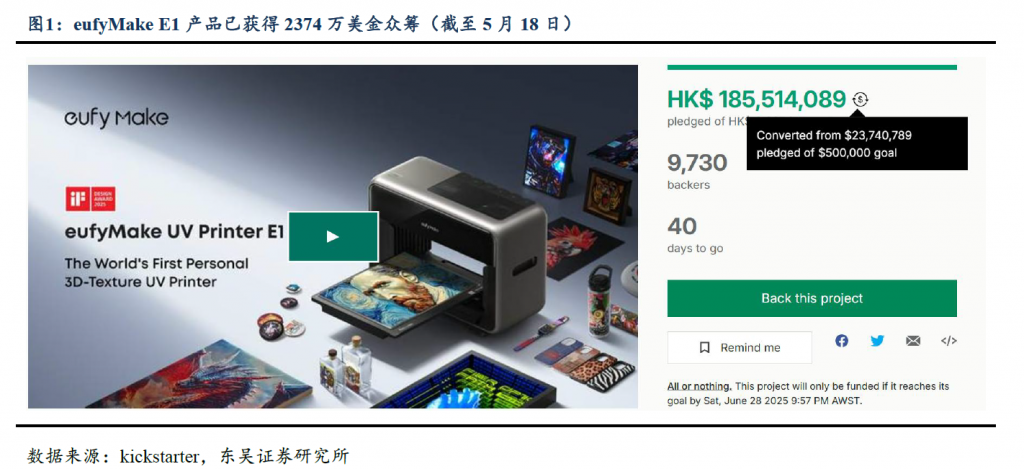
A Hundred-Billion-Dollar Global Opportunity
According to Precedence Research, the 3D printing market is projected to grow from $24.61 billion in 2024 to $29.29 billion in 2025, surging to $134.58 billion by 2034—driven by a robust 18.52% CAGR (2025–2034). The North American market alone was valued at $8.61 billion in 2024, with an 18.56% CAGR during the forecast period.
Growth is fueled by 3D printing’s innovation in construction, aerospace, and manufacturing—from 3D-printed homes and metal components to organ engineering applications.
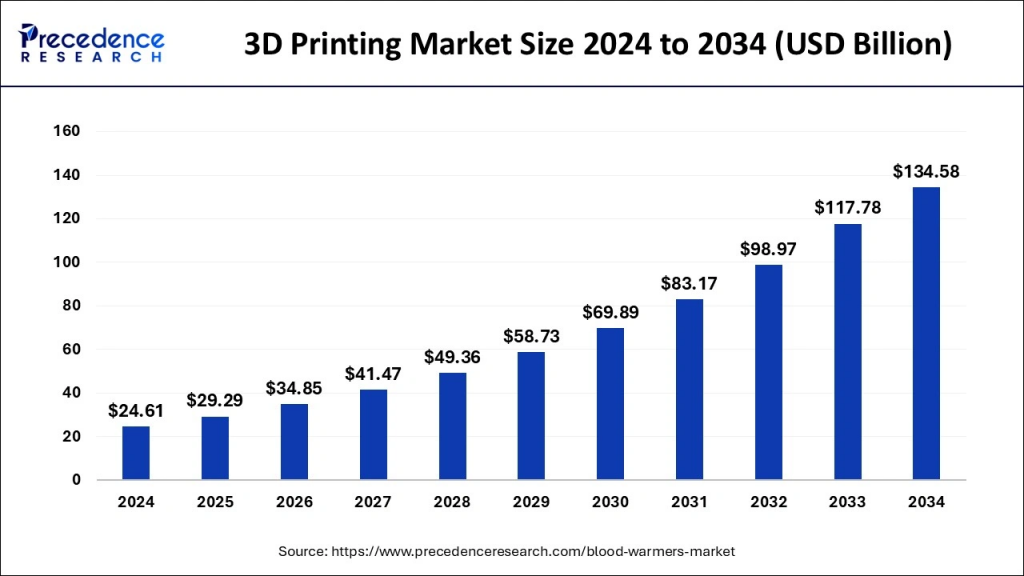
Rising E-commerce Popularity
Google Trends data shows searches for "3D printer" hit a five-year high in late 2024, stabilizing at a medium-high level since. On Amazon US, search volume for "3D printer" has trended upward for two consecutive years, spiking to 2 million+ searches after October 2023.
Overall, 3D printers are gaining traction in e-commerce. As technology advances and markets mature, they’re evolving from niche tools to practical solutions for personal, household, and office use.

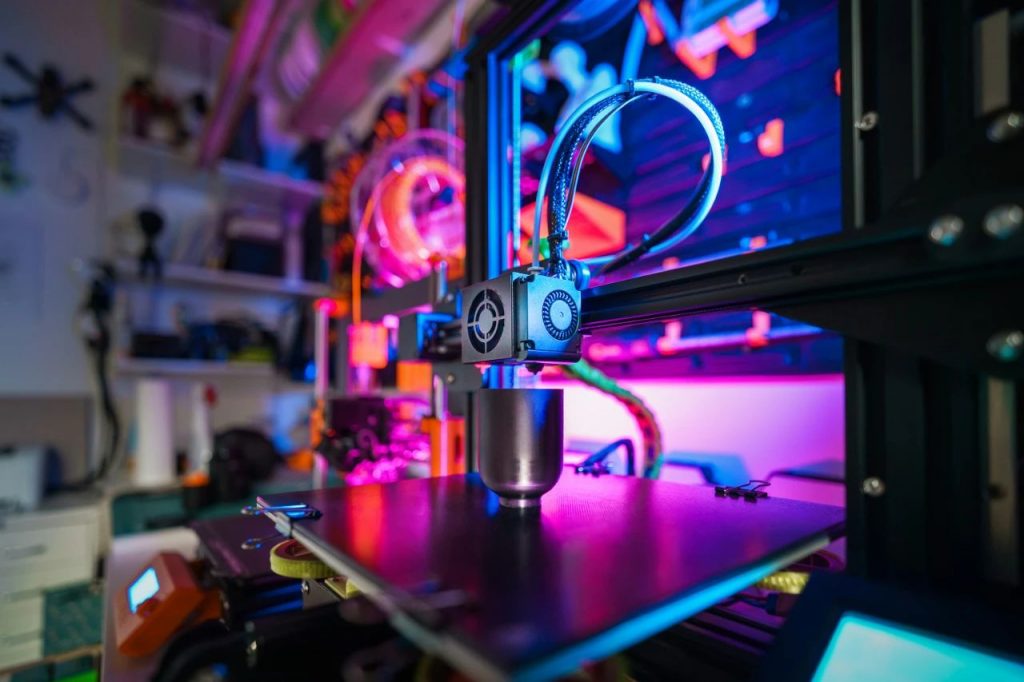
Market Segmentation: B2B and B2C Growth
Industrial 3D printing is expanding rapidly, dominating the market. The global industrial segment was worth $3.56 billion in 2024, projected to exceed $24.03 billion by 2034 (21.04% CAGR, 2024–2034). Compared to traditional manufacturing, it enables small-batch production and faster prototyping.
Meanwhile, consumer-grade 3D printing is rising as the fastest-growing segment, expected to reach $12 billion by 2030 (18.6% CAGR, 2023–2030). North America accounts for 41% of the consumer market share.
Design Trends: Functionality Meets Aesthetics
As market demand diversifies, 3D printer design trends are shifting toward both functionality and user experience. Key 2025 trends include:
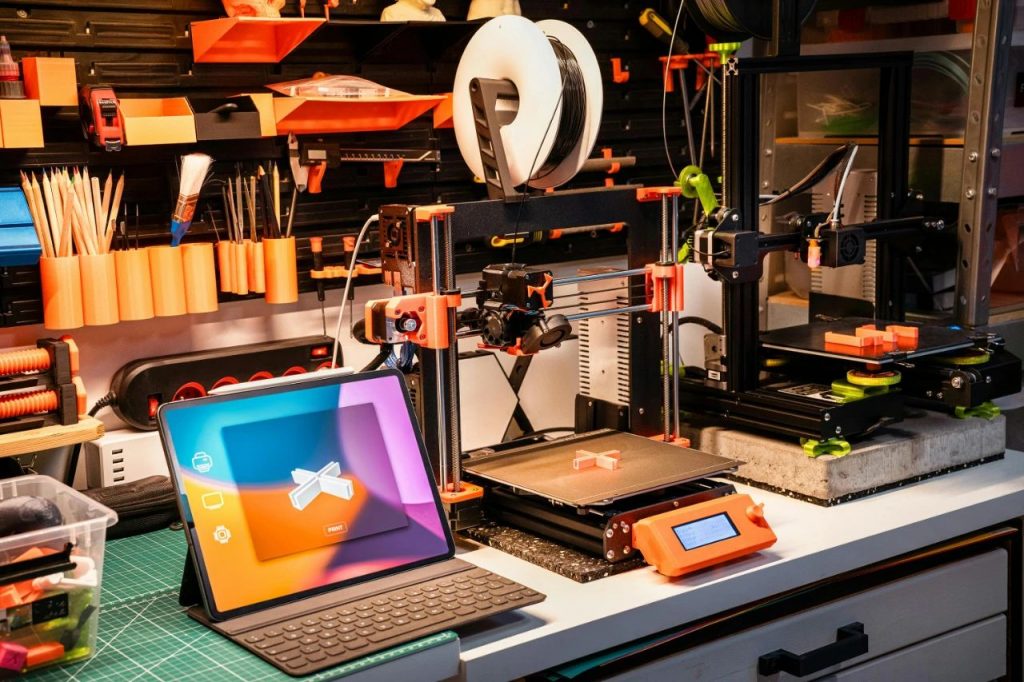
For cross-border sellers entering the 3D printer market, product segmentation by demand is key. Notable niches include:
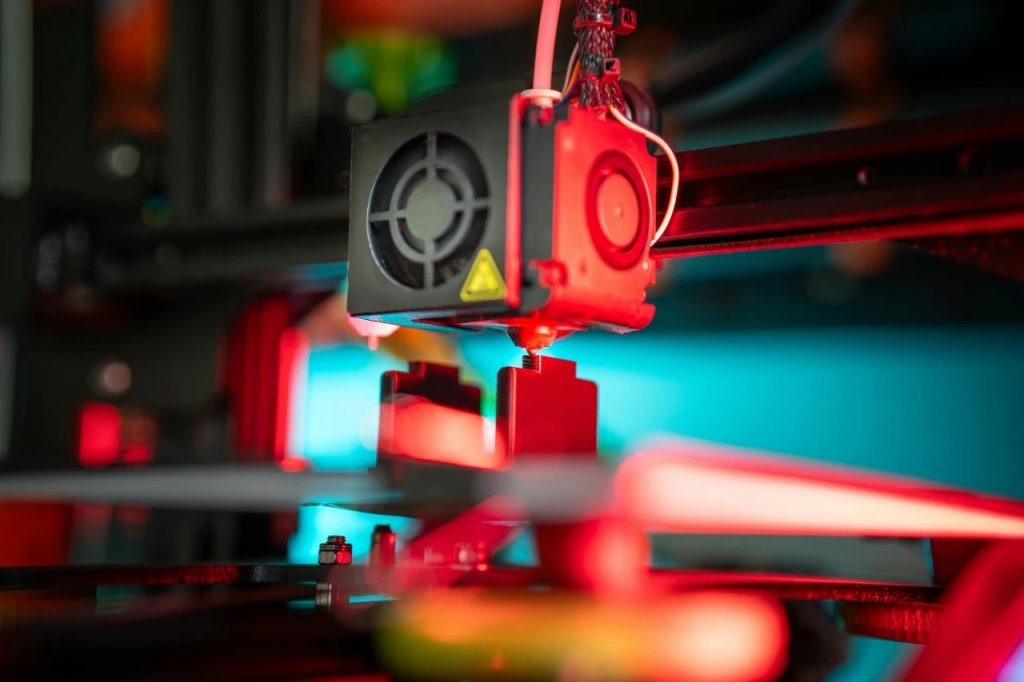
Efficient logistics are critical for global success. For large, heavy 3D printers, optimizing logistics to reduce costs and improve efficiency is paramount.
As a professional logistics provider, AMASS E-COMMERCE offers:
Overseas Warehousing: With hubs in the US, Canada, and UK, AMASS E-COMMERCE provides:
For tailored 3D printer logistics solutions, scan the code to consult our experts.

